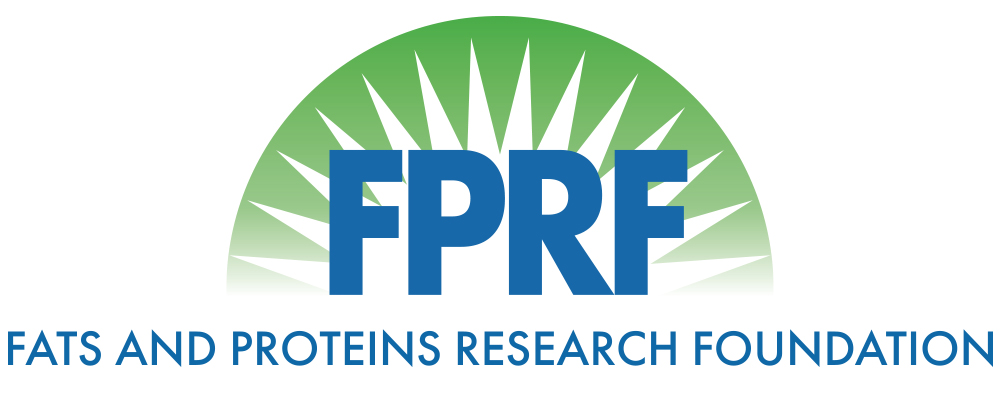Evaluating the Effects of Meat & Bone Meal in Reproducing Sow Diets
Title:
Evaluating the Effects of Meat & Bone Meal in Reproducing Sow Diets
Principle Investigator: Donald Malmn
Year: 2004
Objective: To evaluate the effects of Meat & Bone Meal as a protein (amino acid) source for reproducing sows on reproductive performance, changes in backfat thickness, nursing pig performance, and sow milk compositions over a 3 parity period.
Lay Summary/Industry Summary: A total of 183 sows were used over a three parity period to evaluate the effects of Meat & Bone Meal in the diets of reproducing gilts and sows. Meat & Bone was obtained from an Ohio Renderer was used to formulate both gestation and lactation diets to known nutrient requirements established by NRC (1998). A basal diet composed of com and soybean meal served as the positive control with levels of Meat & Bone Meal incorporated in subsequent treatment at low or high levels to replace the soybean meal of the positive control diet. Samples of Meat & Bone and diets were also analyzed for their nutrient content and showed that the product used was superior to those of the past. The reproductive data demonstrated that high levels of Meat & Bone could be used in gestating sow diets with the same performances as the positive control treatment group. During lactation, sows that were fed the positive control com soybean meal diet consumed more daily feed than those fed Meat & Bone Meal. Although individual pig weights were the same for all treatment groups sows fed the Meat & Bone Meal diet did not perform as satisfactory as those fed the positive control diet. These results suggest that the digestibility of the Meat & Bone Meal might have been lower that published values used to obtain optimum performance responses. These results also imply that Meat & Bone Meal is a potentially good protein or amino acid source for reproducing swine, but amino acid digestibility values currently in use may not be valid.
Scientific Abstract: A total of 183 high producing sows were used over a three parity period to evaluate the efficacy of Meat & Bone Meal in the diets of reproducing sows. The experiment evaluated a com-soybean meal positive control diet and treatment diets with low and high Meat & Bone inclusion levels. Diets were formulated using tryptophan and lysine as the limiting amino acids. The highest level of Meat & Bone Meal level used matched NRC (1998) nutrient requirements on a total and apparent digestible amino acid basis. The study was conducted in three replicates over a three parity period. Statistical analysis was conducted with MIXED model of SAS. The results demonstrated that gestation reproductive performance was similar in regards to number of pigs born (total, live) but that as parity progressed the sows were heavier and perhaps fatter when Meat & Bone Meal was included in the diet. During the lactation period sow fed the positive control C-SBM diet weaned more pigs with heavier litter weaning weights, consumed more feed during the lactation than sows fed the Meat & Bone Meal diets. Sows fed Meat & Bone Meal had higher milk fat contents. Calculation of amino acid intake demonstrated that adequate quantities of amino acids were consumed during the gestation period, but that during lactation both lysine and tryptophan declined as the level of Meat & Bone Meal increased. The reduction in daily lactation feed intake during lactation was attributed more to the low amino acid intake rather than the additional body fat that the sows achieved during gestation. These results suggest that Meat & Bone Meal has good potential for reproducing sows because of its higher fat content, but the amino acid bioavailability and/or its digestibility of its amino acids needs to be more clearly defined before specific dietary inclusion levels recommendations can be made.
